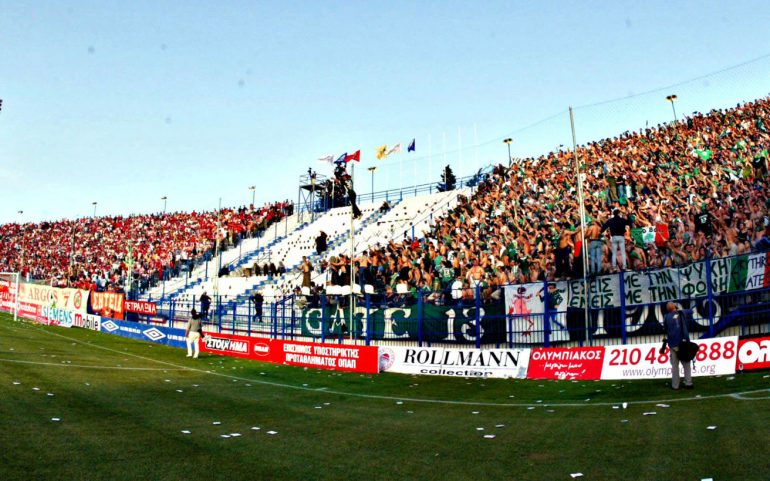Sunday, September 22 is a day full of football, which the Greek fans are looking forward to. The… menu of the day for Super League 1, as the top category of the Greek league is called from this season, includes two huge games for the country's sports, two derbies that captivate the fans - and not - of the round goddess.
The reason for PAOK-Aris starting at 18:30, at the Toumba stadium, but also Panathinaikos-Olympiakos, which is scheduled to start two hours later, at 20:30, at the Olympic Stadium. This "eternal" derby is expected to be - and will not be - like the others, those of previous years. Not that it lacks shine, however the two teams go at it being on a very different. Moon. The "greens" are in a period of great introversion, which created the bad start in the league, while uncertainty remains about the future of the club, while the "red and whites" seem to be… riding the horse, coming from 3/3 within borders and from a very good game against Tottenham, for the premiere of the Champions League groups.
Also, this match will be the first in the history of the two opponents, which will take place simultaneously with the use of the VAR and with a referee from abroad. A special element, which will be mentioned by the next generations, which comes to be added to the many that have already created this special story. After all, it is no coincidence that the confrontations between Olympiacos and Panathinaikos or Panathinaikos and Olympiakos (depending on which of the two they each support) are included in the Top 5 with the lists for the biggest derbies in the world that are created from time to time by the foreign media.
We singled out a dozen moments, which have not only contributed to the writing of this special story in the football arena, but have also been the reason for the opening of great - even eternal - football conversations.
1. The first derby of "eternals", unofficial and official

The first match between Panathinaikos and Olympiakos was a friendly that took place on June 28, 1925 at the stadium on Alexandra Avenue and ended in a draw with a score of 3-3. Respectively, the first official "eternal" derby was held again at the stadium of Ampelokipi, on June 1, 1930, within the final phase of the Panhellenic Championship 1929-30 and had ended with the impressive score 8-2 in favor of the "greens".
2. The biggest "green" and "red and white" victory
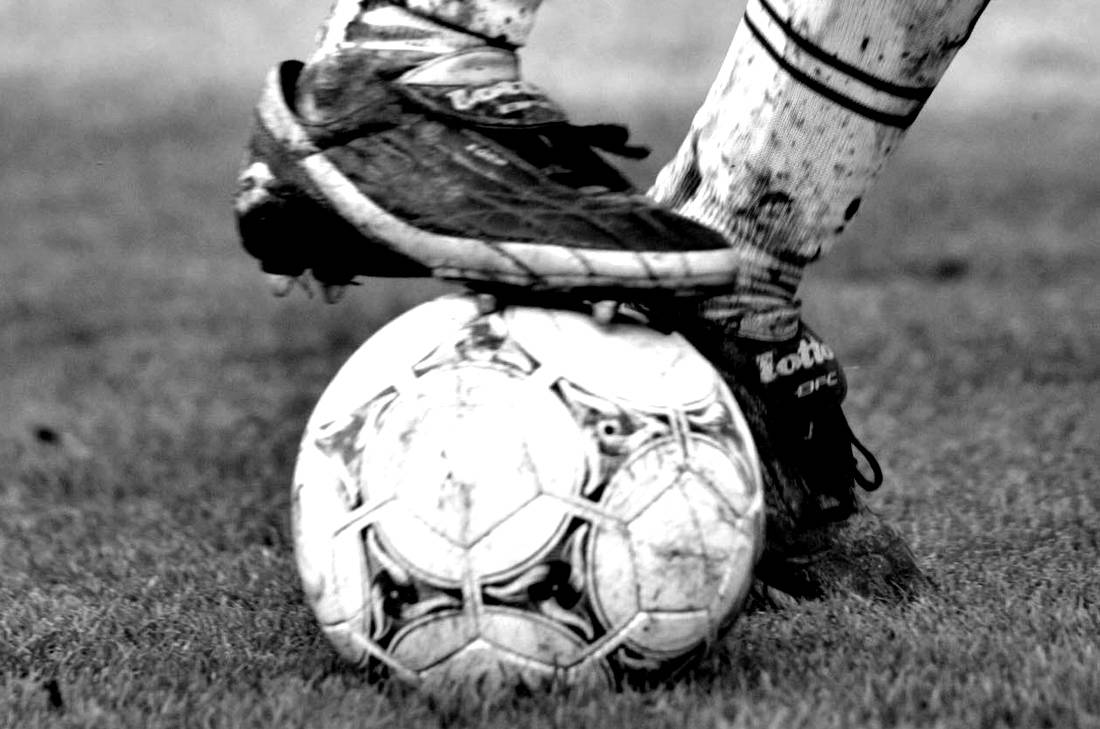
The 8-2 of that day is the biggest victory so far recorded in the history of the matches between Olympiacos and Panathinaikos. The "red and white" fans, sure of the superiority of the Andrianopoulos team, had arrived in procession at the stadium of the Avenue, holding a coffin. Immediately after the match, the coffin was dismantled and its pieces were used in the episodes that followed. In other words, the maiden official match of the two opponents, included the first deviations in an "eternal" derby. That game is said to have been watched (because data are not available) by 10.000 spectators - a record attendance at the time.
His answer Olympiacos came on November 13, 1932, just over seven years after that 8-2, for the quarterfinal phase of the Greek Cup of the 1932-33 season. Again at the stadium on Alexandra Avenue, the "red and whites" prevailed 1-6 and solemnly qualified for the "4" of the tournament. A similar score followed, but in Karaiskaki, on February 16, 1936, for the 8th game of the Panhellenic Championship in the 1935-36 season, with the team of Piraeus winning again.
3. When they used the jerseys of the "eternal" opponent
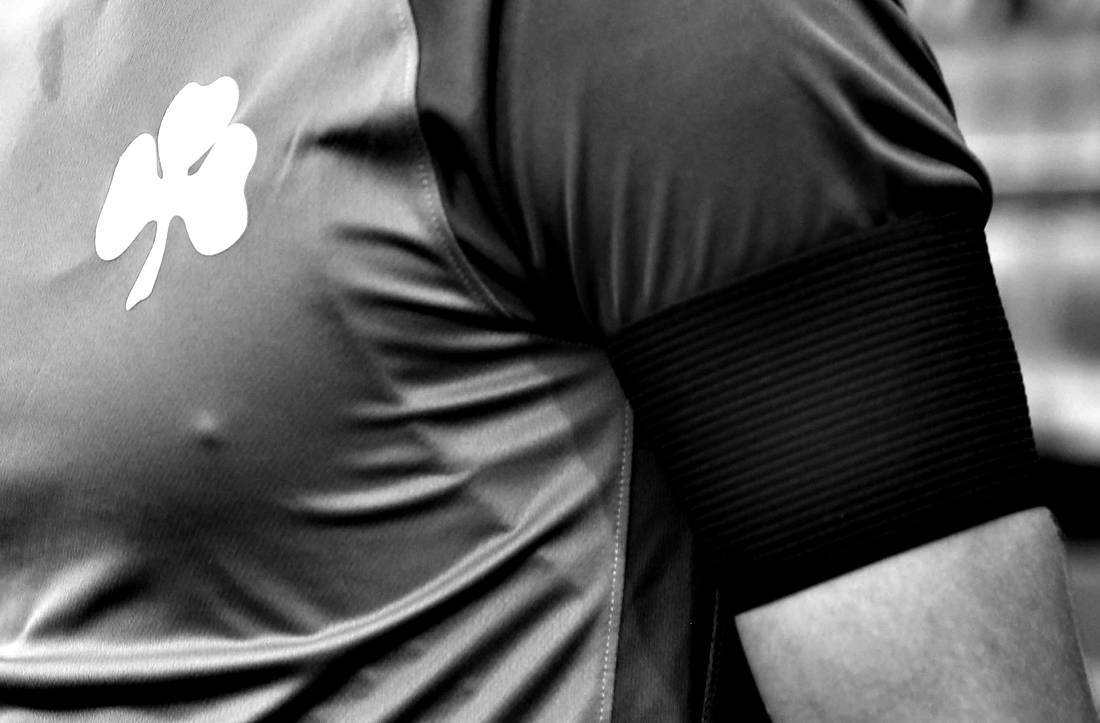
The class differences between the supporters of the two groups were more evident in earlier years. That was one of the reasons for this great controversy. For a long time, however, this rivalry remained within the four lines. After all, the images of rival fans watching the games together was not a surprising image, unlike now, when there is not even a movement of fans.
An example of respect between the two clubs was the fact that Panathinaikos agreed to give both its jersey and its headquarters to Olympic, in the friendly match against Nicholson Vienna on July 12, 1950, which took place on Alexandras Avenue. The Austrian team also wore red and white, with the result that the "red and whites" put the greens with the clover. The mutual concession of headquarters accompanies some of the greatest moments in the history of the two clubs. In 1961, Piraeus played in the friendly with Santos tou Pelé again at the stadium of Ampelokipi, while in 1971 the "greens" played in Karaiskaki with Nacional Montevideo for the final of the Intercontinental Cup. In none of the cases was disrespect or vandalism recorded.
4. How did the nicknames "vazelos" and "anchovy" come out?

The supporters of Olympiacos and Panathinaikos are known in the ranks of the fans as anchovies and vassals. It is interesting how this came about.
As for the term vazelos, there are two versions about its origin. According to the first, it prevailed in 1965 when in a derby of "eternals" the fans of Piraeus smeared his bench Panathinaikos with Vaseline before the start of the match. According to the second, this characterization was given by the "red and white" fans, because the "greens" - who traditionally come from the upper social strata - used to use a kind of gel in their hair, which resembled Vaseline.
As for the nickname of the Olympiacos supporters, etymologically the anchovy refers to the horse that is ready for a race, or to a person who is proud and strings for magic and courtship. In ancient Greek this adjective means the adjective, the brave, the arrogant. Of course, there is the version that states that the name appeared around 1965, again in an "eternal" derby, when the fans of Panathinaikos welcomed the "red and white" football players with fish cages full of anchovies, which they had taken from the port of Piraeus. sample of enforcement and superiority.
5. The few matches that took place outside Attica
We live in the old years and return to the season of the Panhellenic Championship 1929-30 and its rematch 8-2. That match took place at the old stadium of Aris to avoid new episodes, in which there was a new "green" victory, 1-2. This was the first time the two big opponents went out of the basin to play each other, but not the last. The next ones were only two and even in the same period (1981-82). Initially in Patras, due to the punishment of his headquarters Olympiacos in the premiere of the championship, while it followed the draw in Volos, in the match that decided the title in favor of Piraeus. That was a draw, which was made to solve the με difference with the tie of the two teams at the top of the standings.
Although both "eternals" played several games with each other in the Cup, as well as finals, neither of them took place outside the imaginary borders of Attica.
6. When the fans allied against their teams
On June 17, 1964, the two of them met at the crowded stadium of the Avenue for the semifinals of the Cup, at a time when the presence of fans of both teams was allowed. The winner would play a final with AEK, which was already waiting there, having prevailed over Pierikos 1-3. Shortly before the end of the match, the unthinkable happened. The fans of Olympiacos and Panathinaikos They "allied" against the players of their teams and decided to invade the stadium. Between the fans and the players there was only the railing, which was not able to contain the furious world.
The raging crowd, who thought the players were too lazy to be repetitive - for more revenue - rushed to the pitch and began destroying whatever lay in front of them. They set fires, broke seats, destroyed the field, while some reports speak of an attempt to burn even the footballers. They also dismantled the stadium turnstiles to keep them as booty. The organizing Authority decided to have a final suspension, not to have a second match and so the title went to the Union without a final.
7. The biggest "green" and "red and white" victories in the professional period
Since the period when football in Greece became professional, the data in the sport have changed a lot. Among them is the way the teams deal with the matches. Big scores between key competitors are less common, although they are not lacking. However, from the 8-2 and 6-1 of the pre-war period, the biggest victories from each side… were reduced to 4-0. Three times in all, this score appeared in the "eternal" derbies, just twice in 90 minutes.
Specifically, the first time was on April 13, 1983, in Karaiskaki, when the Olympic prevailed in the extra time of Panathinaikos with 4-0, in a game whose normal duration was 4-0. It was the replay of the "green" 1-0 on the Avenue for the "16" of the Greek Cup. The second time, which was also for the Cup, but in the final, was on May 28, 1985, when the "clover" lifted the cup with four, in OAKA. The third and final time came on January 16, 2008, when Piraeus triumphantly qualified for the quarterfinals of the Cup, in the only match that took place at the Faliraki stadium.
8. The first to change "camp"
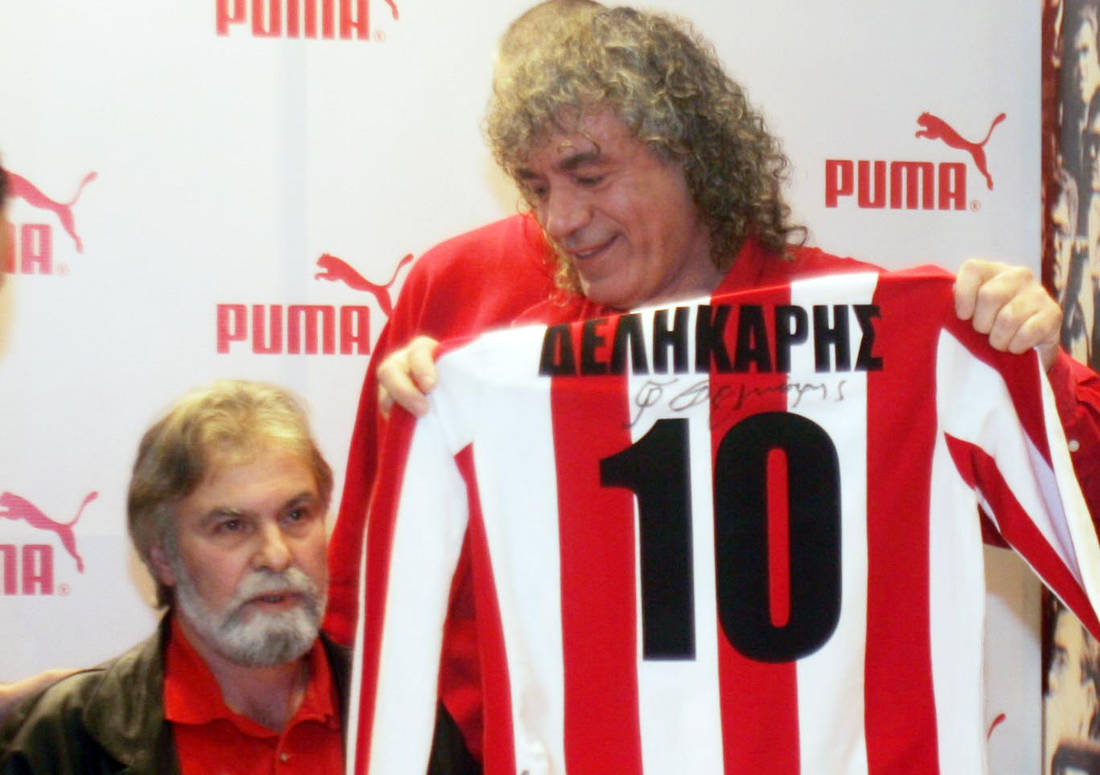
The first "eternal" transfer took place before the first official "eternal" derby. It was 1927, when his then goalkeeper Panathinaikos, Leonidas Kalogeropoulos, moved to Olympiakos, where he remained for a year. Of course, that transfer went small. It took about thirty years for the next one to come, when in the mid-1950s Costas Papazoglou took out the greens and put on the red and whites. Lakis Sofianos followed the same route in 1957, playing very few matches for Piraeus. The first to go from the Port to Athens was Giannis Frantzis in 1968, who played with the clover on his chest for two years.
However, the move that made the biggest "bang" was that of George Delikaris in the summer of 1978, who had come into conflict with the people of Olympiacos and got a transfer… revenge for the "eternal" opponent, where he even stayed for four seasons.
9. The της jersey derby
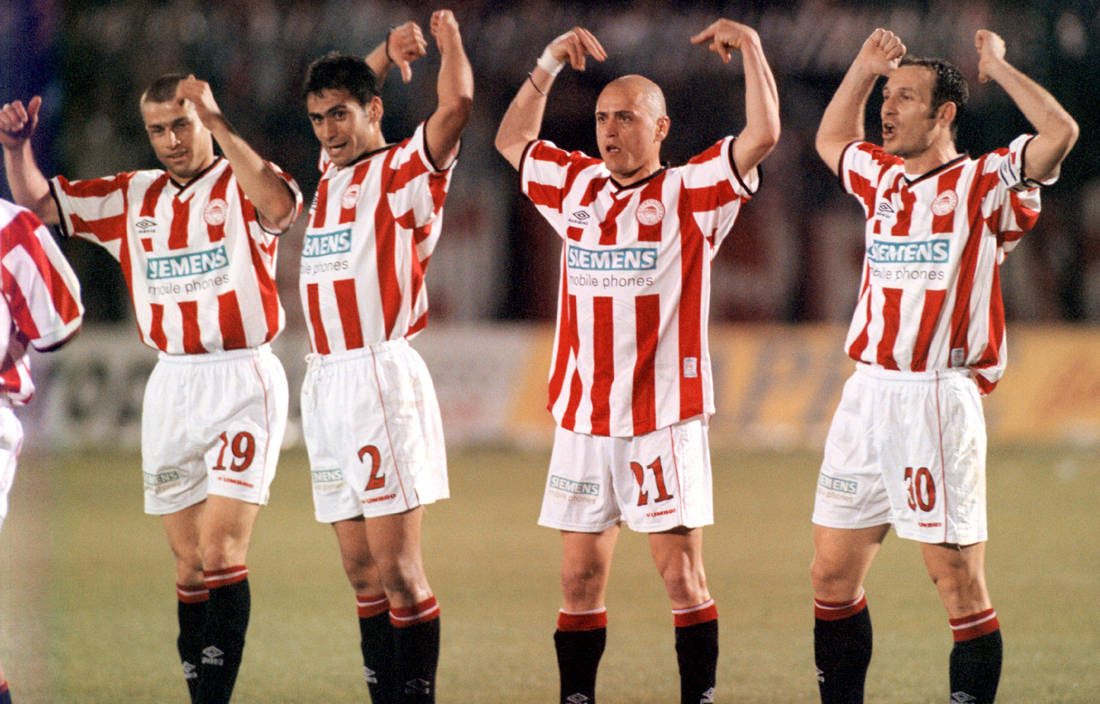
On March 21, 2001 o Olympic went to the easy conquest of the championship and what remained at Panathinaikos was the… consolation of the Cup. The 1-1 of OAKA (with the hosts "red and whites") gave several chances to qualify in the "clover" for the semifinals of the institution. However, in the rematch, with Stratos Apostolakis temporarily sitting on the "green" bench, things did not go as they would like in the rematch on the Avenue.
Starring Luciano, Piraeus came in front of the score with 2-0, saw the match become 1-2, while Georgatos made it 1-3, to "lock" the qualification of his team. For the celebrations, the international back half invited his teammates to show their name together, in response to Lymperopoulos, who did something similar in the first game.
10. The beating of referee Efthymiadis
One of the most intense - and by many black - pages in the history of derbies between Panathinaikos and Olympiakos was this on March 24, 2002, when the referee Makis Efthymiadis was attacked. It all started after the attribution of Konstantinos's penalty to Venetidis, which was executed accurately by Djordjevic in the 89th minute, to make the final 1-1 from eleven steps. The "greens" admitted that the offense was given correctly, as shown by Sergio Markarian's "what is wrong" for his player.
However, after the end of the match, they broke out for the refereeing of the Dramino referee throughout the previous duration of the match, considering that he favored the "red and whites". The referee of the "green" PAE, Angelos Filippidis, verbally attacked the referee, to be followed by attacks against him by people in green uniforms and fans who invaded the field. As a result, the "lord of the match" left the field covered in blood.
11. The game where all the goals were scored by the same team, but ended… 3-2
That season in the early 2000s can be considered the most intense in the history of "eternal" derbies. On January 12, 2003, on the Avenue, a thrilling game took place, one of the best between the two opponents. What characterized it was that although the match had five goals and a final score of 3-2, everything was scored by the players of the same team. Henriksen and Kyrgiakos twice violated the home of the then "green" Nikopolidis, but Olisandebe and Basinas equalized respectively, with Kolkas making the final 3-2 in favor of the "clover".
12. The episodic match of Rizoupoli
If any derby between the two "eternals" has raised the biggest discussion of all, during all these years, this is without a doubt the match in Rizoupoli, on May 11, 2003. It was the game of the second round of the 2002-03 season , who would essentially judge the title of champion. Panathinaikos wanted a victory, a draw or even a defeat up to a goal difference, while Olympic to hope he needed a triumph.
The climate from early on was tense. In fact, episodes between the fans of the two teams had started early in the center of Athens. Later, the coach of the "clover" on the field through the world of the "red and whites". This resulted in him being attacked, with objects being thrown at the "green" mission both by fans who were on the stands and in the surrounding area.
There were 2.500 of his friends on the stands of the stadium Panathinaikos and there was a fear of episodes. Some Olympiacos fans had punctured a part of the bellows, as a result of which the "clover" players came out with a delay for warming up and with the help of the Police. Finally, despite the objections from the guests, the match started and ended normally, with referee Borovilos receiving the relevant "OK" from EPAE.
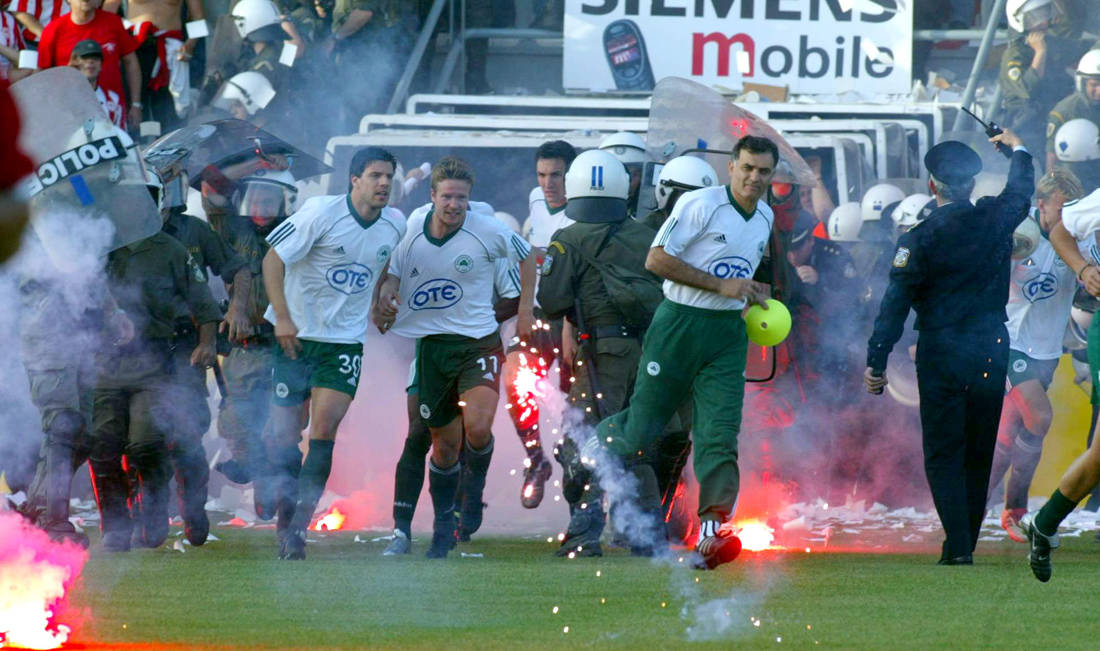
In the match, Olympiakos is the absolute leader, it showed from a very early age that it will be the leader of the game and with the final 3-0 it took the most important step to win the title. Episodes were recorded in other years in both Karaiskaki and Leoforos, but for many it is considered that Rizoupoli was the culmination.
Panathinaikos supporters later welcomed the players with wild moods in Peania, while some cars did not escape. This created a tense atmosphere between the footballers of the "clover" and the then administration, as they considered that it left them unprotected in a very special situation. Even today, the conversation about what happened has not stopped, as will always happen in terms of the rivalries of the two "eternals" of Greek sports.
